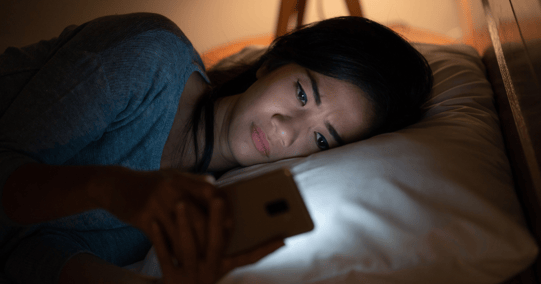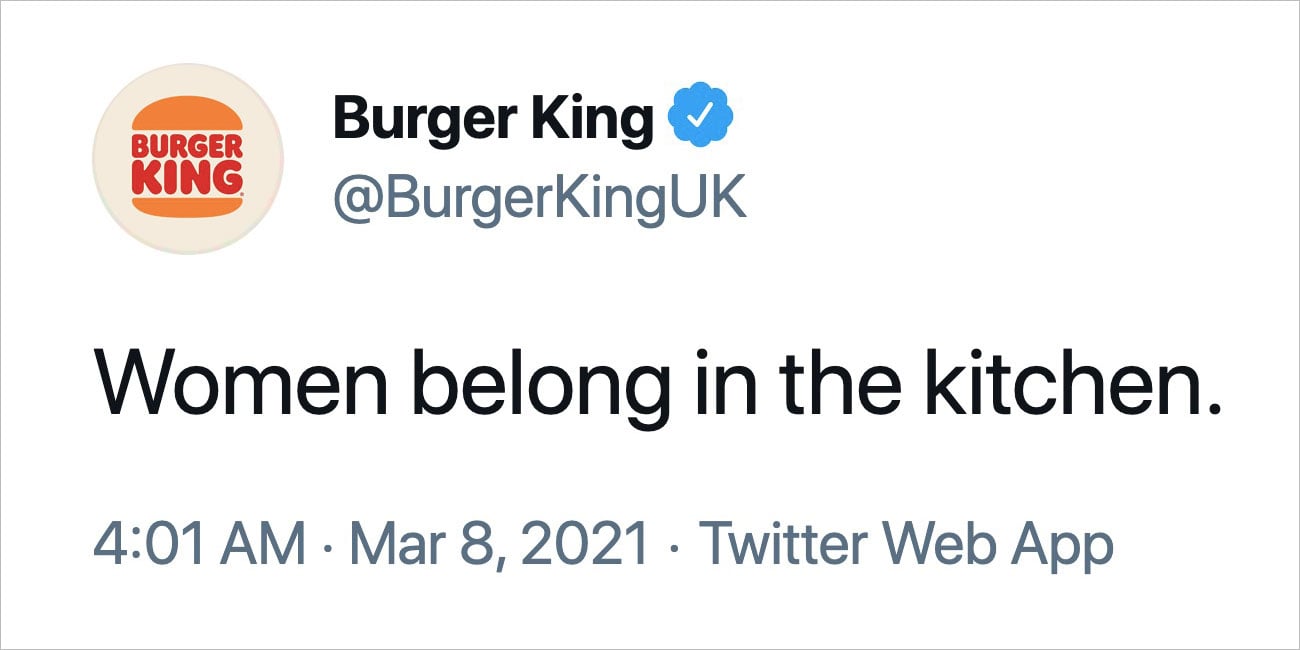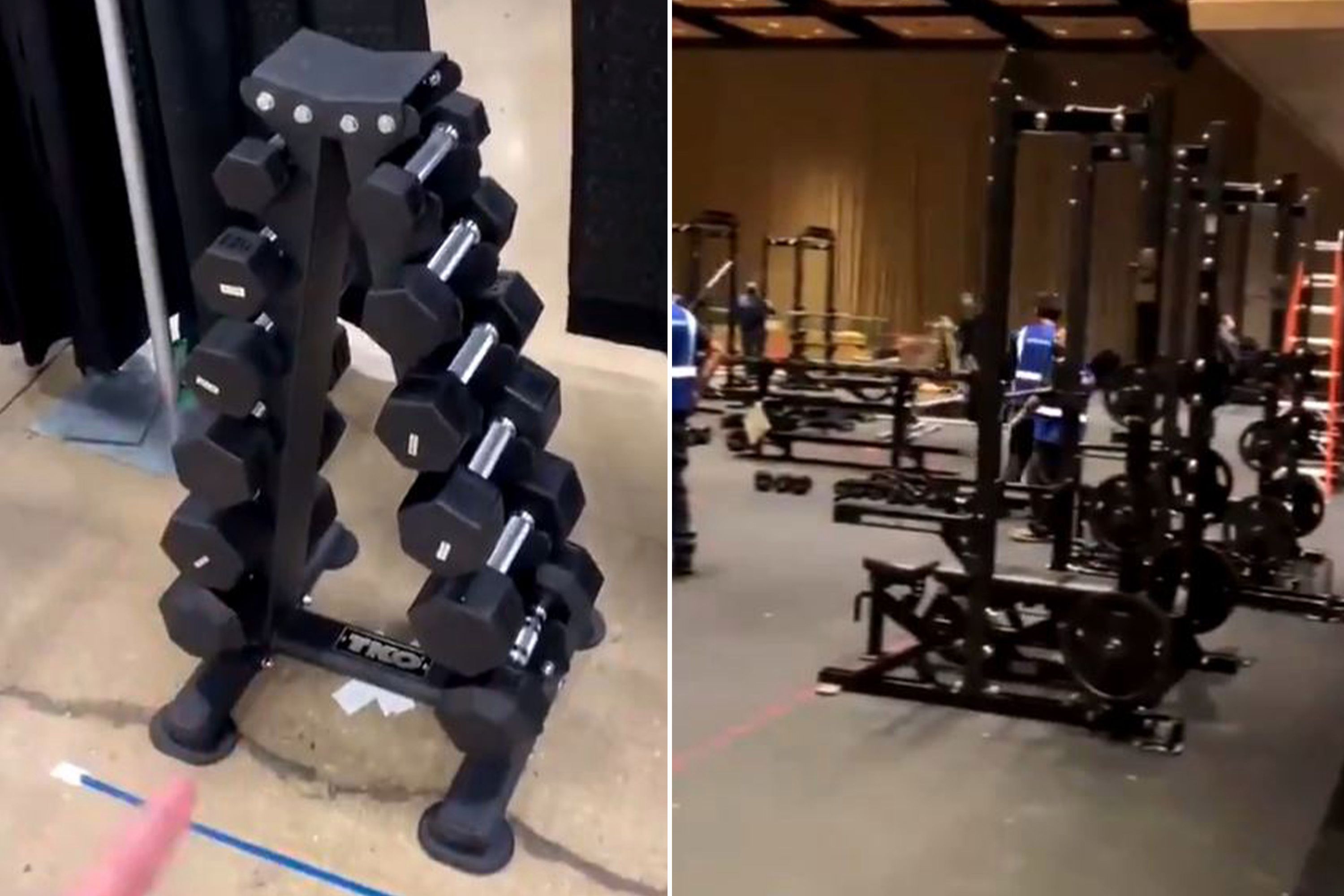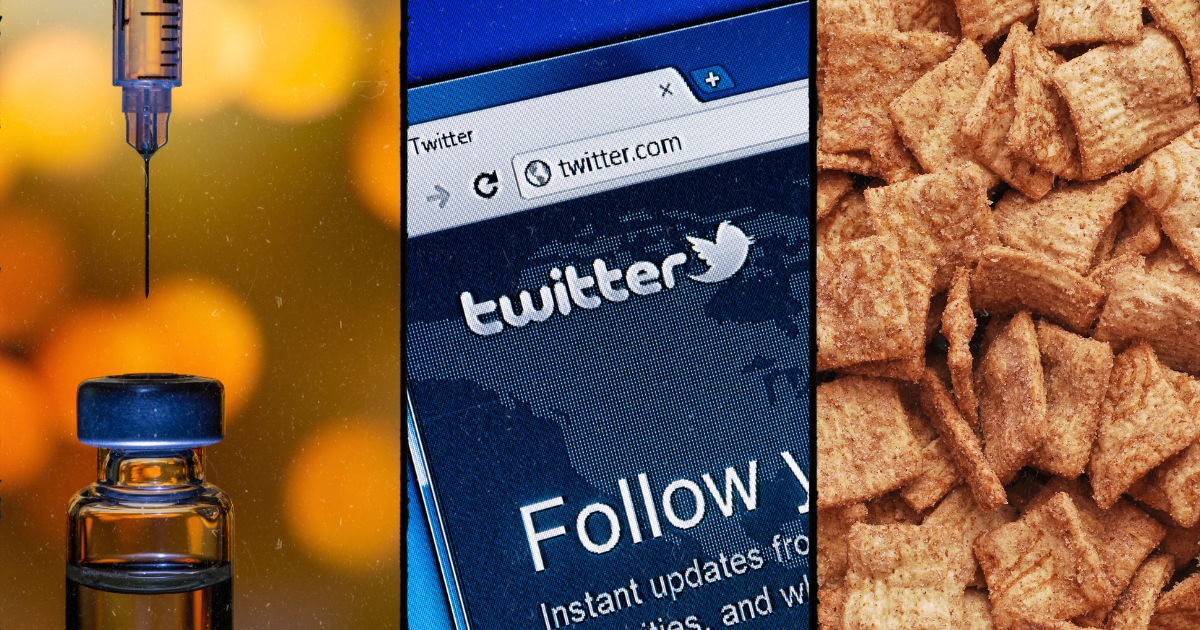Why Institutional Discrimination is Keeping Crisis Managers Awake at Night

More than a few eyebrows were raised at the end of March when a report commissioned by the government concluded that the UK is a model for race relations and that institutional racism barely exists.
While Britons debate their country’s level of discrimination, the United States opened the year with startling examples of how institutional discrimination in all forms is deeply rooted in organizations and in society in this country, and how this can erupt into a crisis.
The examples give us all pause to reflect on our own organizations and how unconscious bias can become horribly apparent, even when cloaked in the “best of intentions.”
Let us take as exhibit one, Burger King’s ‘celebration’ of International Women’s Day, which began with this tweet:

The tweet was indented to be ironic, promoting culinary scholarships for women. The irony was missed worldwide as it was read as simply an established sexist stereotype. Even after people understood the intent, they still felt it was a bad move.
Burger King deleted the tweet, apologized profusely and spent a lot of money on print ads explaining what the company was really trying to say.
Exhibit two is the NCAA, for which it is difficult to even claim the defense of misunderstood good intentions.
This started on TikTok, and then became a tweet, from Sedona Price, who plays basketball for the University of Oregon, at the start of the women’s NCAA tournament:

The glaring disparity in the facilities offered to the women’s teams, featured in the photo on the left, compared to the teams competing in the men’s tournament, as seen in the photo on the right, in Indianapolis, soon turned into a scorching examination of the many ways that the NCAA is discriminating against women athletes – including not allowing their tournament to use the ‘March Madness’ brand.
Among other outcomes, it led to 36 members of Congress writing to NCAA President Mark Emmert to demand explanations. Under pressure, Emmert agreed to an independent review of what led to the disparities.
It is interesting to read the NCAA’s own anti-discrimination promise on its website, which begins with the words, “One of the NCAA’s principles of conduct for intercollegiate athletics focuses on gender equity.”
No-one is saying that Burger King and NCAA deliberately tried to demean women or reduce them to a lesser role. Their actions did.
It is an illustration of how unconscious bias (of which this is a good definition) exists in virtually all of us. That unconscious bias has the power to shape corporate cultures and, as a result, creep into poorly thought-out policies and decision making.
Sadly, it also exists in wider US culture and society, and goes beyond unconscious bias, to explicit racism. The horrific series of shootings in Atlanta and subsequent events, including a New York street beating captured on video, re-exposed the ugly strain of racism in the US.
We cannot only blame a few angry individuals. Many people believe that Asian-American racism was fueled by attempts for political purposes to label the pandemic, the ‘China-Virus’.
There is evidence that Asian-American bias stretches into the business world.
There are no easy answers for identifying and eradicating bias and discrimination from the culture, leadership and decision-making of your organization. There are no issues management playbooks with protocols and checklists to make it easy to tackle the problem.
It requires creating a true diversity of leadership and culture. It requires celebrating and welcoming diversity. It requires education and listening carefully to the experiences of others.
Best of intentions, passive declarations of ‘no bias here’ or whitewashing reports, such as the UK study, cannot obscure the ugly truth - which has a habit of appearing without you noticing. Ask the NCAA.
Learn how hundreds of organizations large and small are using our award-winning issue and crisis management platform, In Case of Crisis, to better prepare for and respond faster to emerging threats.








